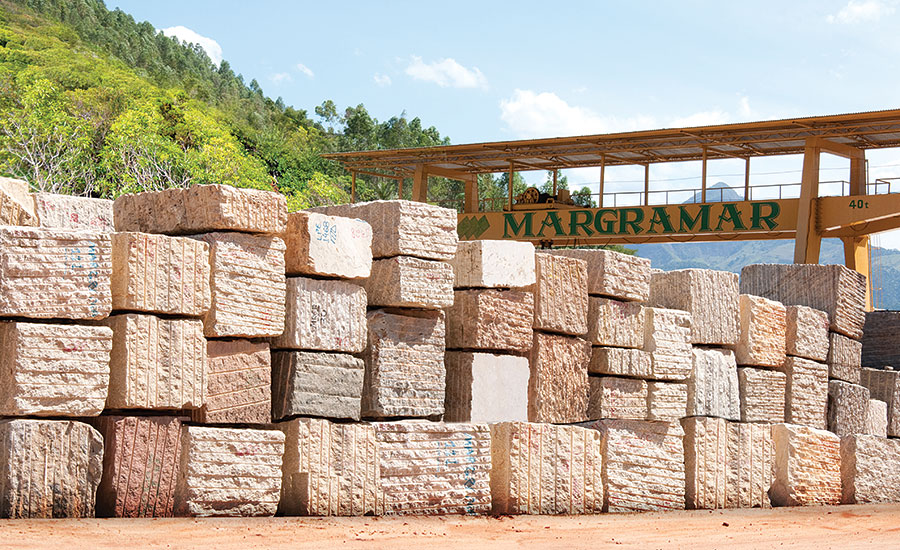Discovering the Charm of Granite Quarry in South Africa Wonders
Introducing the Mysteries of Granite Quarrying: Where Strength and Beauty Meet
The globe of granite quarrying is a world where the raw toughness of nature converges with human creativity to produce frameworks that stand the test of time with an air of beauty. From the depths of quarries to the careful sprucing up in workshops, the procedure of changing granite into building wonders is an intricate dancing of practice and innovation. As we peer into the depths of this ancient craft, we start to discover the hidden ins and outs that form the really essence of our built environment.
The Origins of Granite Quarrying
In the annals of architectural history, the origins of granite quarrying are shrouded in a tapestry of ancient craftsmanship and geological marvels. Dating back to old Egypt and Mesopotamia, the removal of granite from quarries noted the start of a trip that would at some point bring about the production of several of the globe's most famous frameworks.
Granite quarrying's origins can be traced to the knowledgeable craftsmens that identified the stone's toughness and visual charm. Through a combination of primitive devices and large decision, these early quarry workers unearthed granite blocks that would certainly come to be the foundation of people.
As worlds developed, so did the techniques of quarrying granite. The Romans, renowned for their design expertise, established advanced methods for removing granite to build monuments, holy places, and roadways that stood the test of time.
The legacy of these old quarrying methods continues to form contemporary architecture, with granite continuing to be an icon of stamina and elegance in building and construction jobs around the globe. (granite quarries in south africa)
Devices of the Quarrying Trade
The evolution of granite quarrying strategies from ancient civilizations to contemporary times highlights the vital role played by the devices of the quarrying sell forming the industry's techniques. In ancient times, quarrying tools were fundamental, typically containing blades, hammers, and wedges made from materials like bronze or iron. These devices required substantial manpower and time to essence granite blocks from quarries.

Furthermore, the intro of pneumatically-driven devices and high-powered equipment has actually substantially minimized the physical labor needed in quarrying operations, improving worker safety and productivity. As the quarrying industry proceeds to introduce, the devices of the trade remain at the forefront of driving progression and forming the future of granite extraction.
Extracting Blocks of Granite
Utilizing accuracy machinery and progressed techniques, the removal of granite blocks from quarries has actually become an innovative procedure in the modern quarrying industry. Managed blasting methods are then utilized to damage apart the granite into convenient sections.

Sprucing Up and Completing Techniques
To attain a flawless surface on granite blocks, knowledgeable artisans utilize a collection of meticulous polishing and completing strategies. After the initial extraction and forming procedures, the granite blocks undergo a complete polishing phase to improve their all-natural beauty and sturdiness.
Along with polishing, finishing click for source methods are put on further fine-tune the granite's look. These strategies might include flaming, developing, or brushing, each offering special appearances and coatings to match various visual preferences. Flaming, for instance, involves subjecting the granite surface to heats to produce a harsh, distinctive coating, perfect for exterior applications where slip-resistance is essential. Honing, on the other hand, provides a matte finish that is smooth to the touch, perfect for indoor countertops and flooring. By carefully selecting and applying these brightening and ending up strategies, craftsmens can change raw granite blocks into splendid pieces that showcase both toughness and elegance.

Ecological Effect and Sustainability
With the expanding emphasis on ecological awareness in the industry, granite quarrying techniques are increasingly inspected for their effect on all-natural sources and lasting sustainability. Quarrying for granite can have considerable ecological implications. The extraction procedure typically entails making use of hefty equipment, explosives, and big quantities of water, bring about habitat damage, dirt disintegration, and water pollution. Additionally, the transportation of granite from quarries to refining centers generates carbon emissions, even more adding to ecological destruction. granite quarries in south africa.
To mitigate these influences and make sure sustainability in granite quarrying, sector stakeholders are taking on various actions. Executing sophisticated innovations to minimize power intake and water usage, redeeming quarried land for eco-friendly remediation, and advertising responsible sourcing methods are some techniques being employed. Moreover, qualifications such as the Forest Stewardship Council (FSC) and the Management in Power and Environmental Style (LEED) aid consumers identify ecologically friendly granite products.
Final Thought
Finally, granite quarrying is a procedure that requires specialized devices and techniques to remove blocks of granite and polish them to a high degree of surface. While the ecological effect of quarrying can be substantial, efforts are being made to boost sustainability methods in the sector. Generally, granite quarrying is a delicate balance in between taking advantage of the toughness and sophistication of this all-natural stone while decreasing its effect on the setting.